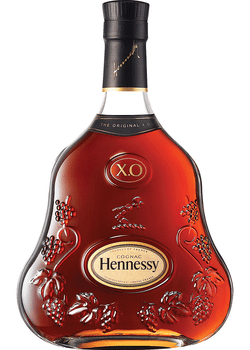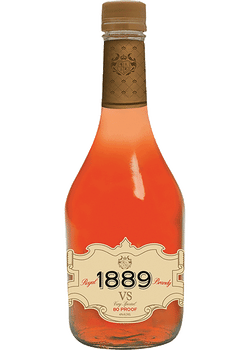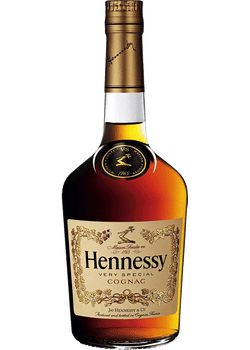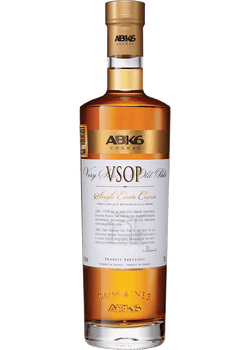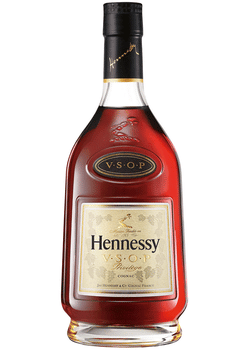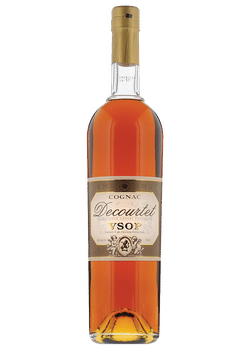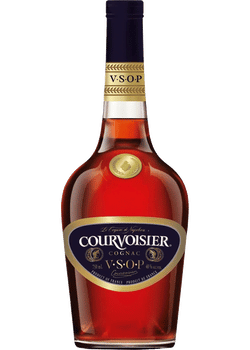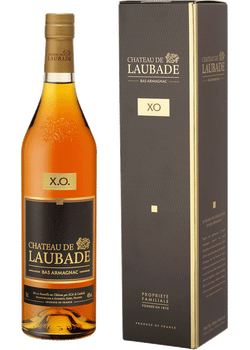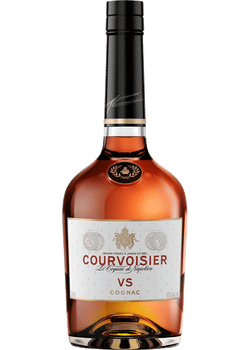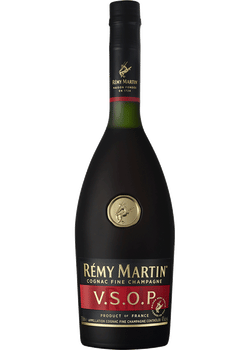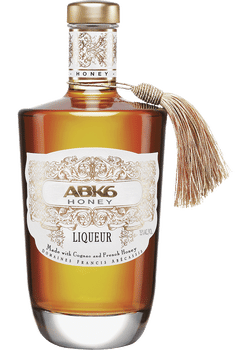What is Brandy?
Brandy is a spirit made from distilled wine or other fermented fruit juices. Although most Brandy is made from distilled wine, other styles from all over the world use fruits such as pears, cherries, apples, etc.
The name Brandy actually comes from the Dutch word brandewijn, meaning "burnt wine." Initially, Cognac and Armagnac merchants began distilling their wines to stabilize them and ensure they did not spoil in transport. In the 17th century, as demand grew, Cognac and Armagnac farmers shifted from winemaking to specializing in the production of Brandies, which would be named for the towns from which they came.
Story Time: Some say that a Dutch shipmaster accidentally began making Brandy by concentrating wine for shipment. The intent was to add water once the shipment arrived at home port, however, the new concentrated spirit quickly became in demand.
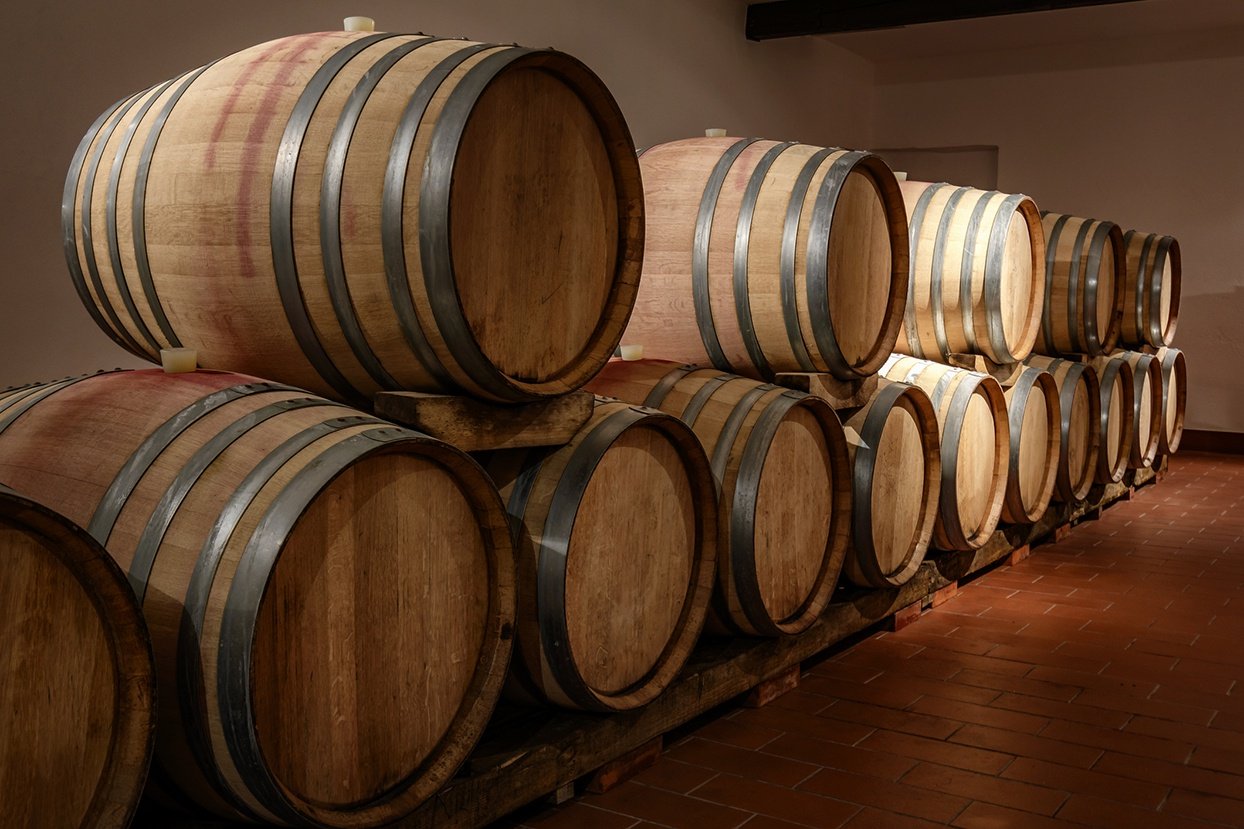
How is Brandy made?
The process of how Brandy is made relies on how big the batch is going to be. If it is a fine Brandy, it will be a smaller batch and more of a delicacy. Mass-produced Brandies are bigger batches and use a different distillation process. To make the process as easy as possible, here is a visual of how it is made:
Fine Brandy
- Likely to be made with more expensive fruit
- Allow fruit juice to ferment for 5 days
- Heat fermented liquid to a boil in a pot still
- Alcohol and water vapors rise into bulbous top
- Funnel vapors through a bent pipe into a condenser
- Chill until vapors turn back into liquid
- Distill again
- Aged in oak casks
- Diluted to 40% ABV with additives: water, sugar, caramel
- Bottled
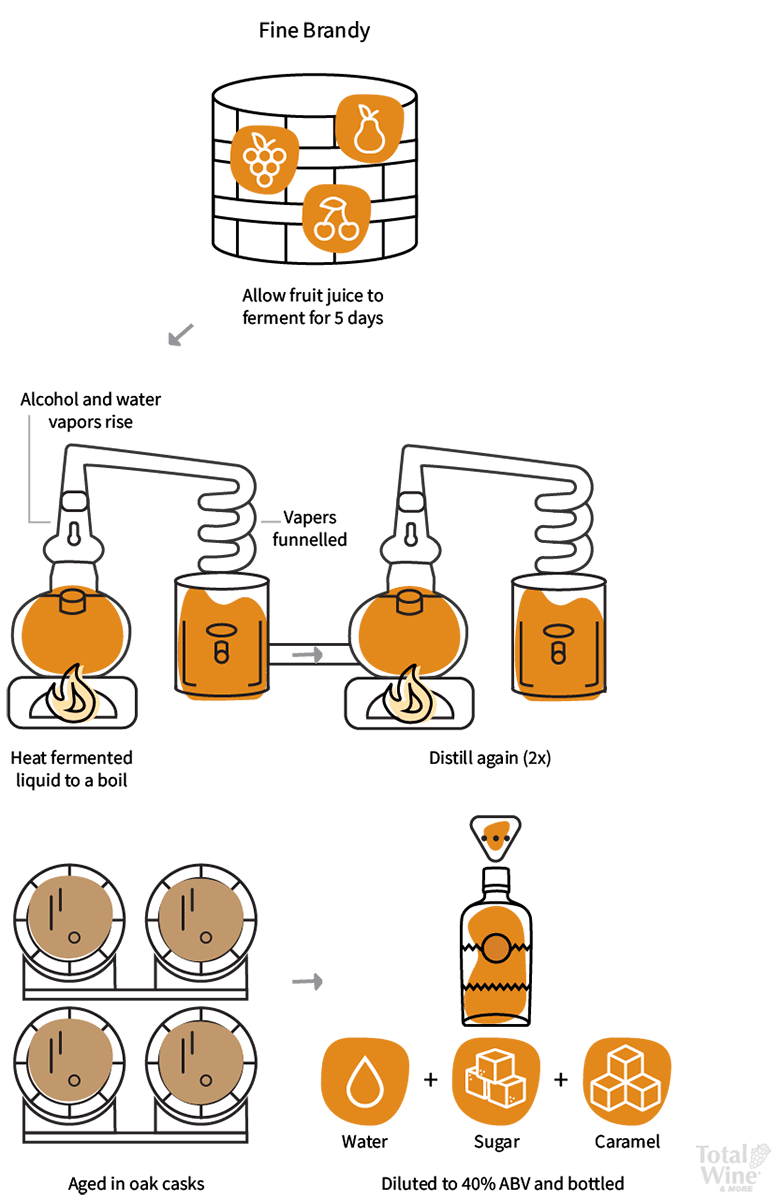
Mass-produced Brandy
- Likely to be made with more common fruit
- Allow fruit juice to ferment for 5 days
- Pour hot wine into the top of a column still
- Steam runs through the hollow baffles & vapors rise
- Vapors cool at the top of the column still
- Liquids move downwards and boil again
- Aged in oak casks
- Diluted to 40% ABV with additives: water, sugar, caramel
- Bottled
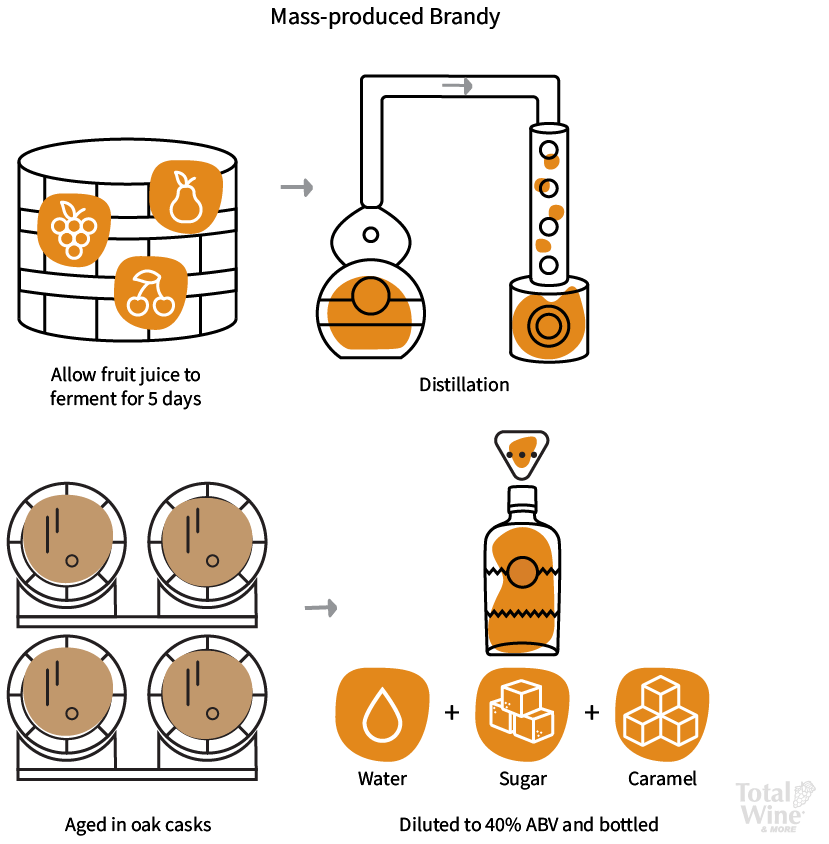
Is Brandy also Whiskey?
No, Brandy is not a whiskey. Whiskey is distilled from grain, whereas Brandy is distilled from wine or fermented fruit. Brandy can never be whiskey, and vice versa, since their constituent ingredients are always different: Grain for whiskey and fruit for brandy.
Styles of Brandy
Brandy, like many spirits, gets even better with age. The designation of the style depends on how long the spirit has been aged. There are four (4) styles of Brandy and they all depend on the aging process, just like Tequila.
- Very Special (VS): Aged at least 2 yrs
- Very Special Old Pale (VSOP): Aged 4+ yrs
- Extra Old (XO): Aged at least 6 yrs
- Hors d’âge: Aged at least 30 yrs
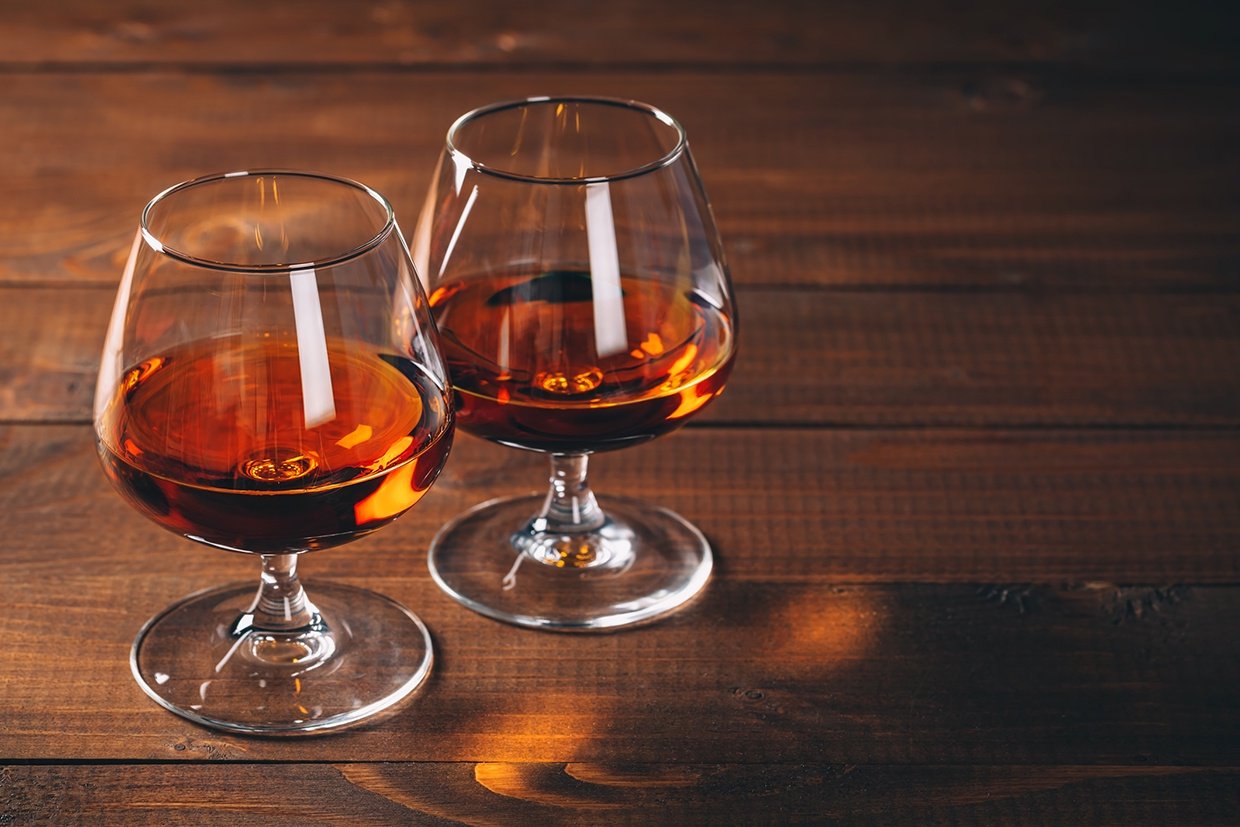
Types of Brandy
Styles of Brandy are determined by the region the fruit comes from, at least for grape-based Brandies. Think about wine. The style of wine is named after the grape used to produce it. The same goes for Brandy. Let’s explore the many styles of this fruity spirit.
Cognac
You might recognize this statement: All Cognac is Brandy, but not all Brandy is Cognac. Cognac, arguably the most known and popular style of Brandy, is made in the Cognac region of France. Similar to Champagne, only Brandy made in this region can be labeled Cognac.
Depending on the brand and grape blend, which part of the Cognac region it's from, and its age designation, Cognac has a delicious range of expression when tasted. Generally, this style of Brandy boasts flavors of fruit (sometimes orchard fruit like apples and pears, or stone fruit like apricots, or dried fruit like white raisins and figs), spice (commonly vanilla), and occasional notes of tobacco and more earthy characteristics.
Some popular Cognac brands include:
Armagnac
Armagnac, a region in France located about 100 miles southeast of Bordeaux, is the other popular type of Brandy. This warming spirit carries aromas and flavors of flowers and fruits, with flavors deepening and taking on richer, nutty tones with age. Plus, its alcohol content is usually a bit lower than Cognac, giving it a fuller and more rustic style.
Popular Armagnac brands include:
Other types
As we move past the two most famous types of Brandies, we can’t forget all of the other delicious Brandies made in other areas of the world.
- Brandy de Jerez – Spanish, made with the same grapes used to create Sherry
- Calvados – French, made with apple cider and sometimes mixed with pears
- Pisco – South American, made with grapes from Peru or Chile
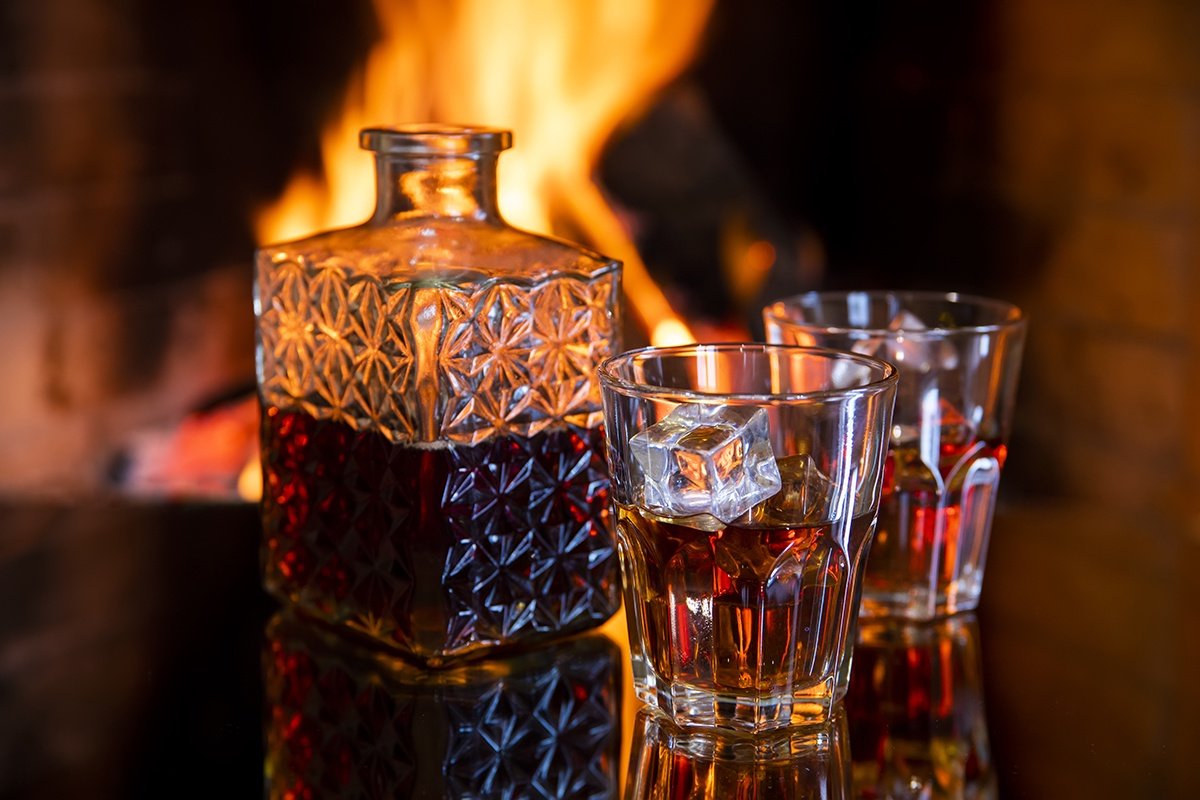
How to drink Brandy
Since the taste of Brandy is typically sweeter, the best way to drink it is neat. If you want to get the full body and flavor of the liquor you’re drinking, mixing it might compromise the taste. Have you ever seen those small glasses at the restaurant, aka snifter glasses, and wondered, “What goes in those tiny glasses?” Well, here’s the answer...Brandy! Due to its high ABV, you don’t need all that much, which means that the glass doesn’t need to be that large.
On the other hand, if you’re set on having a cocktail, there are some amazing Brandy cocktails to enjoy. Here is a list of some of our favorites:
- Brandy Forest (perfect for the Holidays)
- Brandy Summer Punch
- Champs Elysees
Food Pairings
When it comes to pairing Brandy with food, the best time to have Brandy is after the food! Traditionally, this spirit is best enjoyed after dinner is complete, at the end of a festive evening, or right before bed...hence the term “nightcap”. If there was ever a spirit to be referred to as “The Closer”, it would be Brandy.

